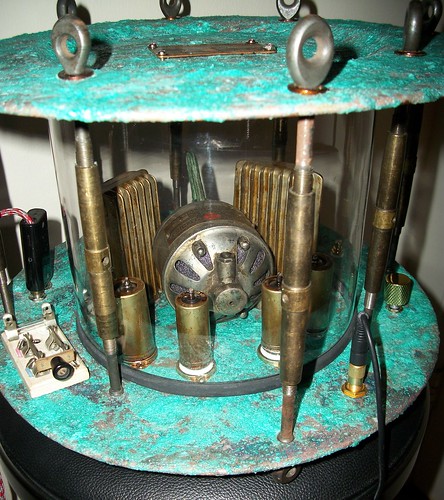
Electric Jig Saw: A Comprehensive Review
Introduction
If you’re in search of a tool for precision cutting, the Electric Jig Saw is an excellent choice. This saw is fast, efficient, and makes accurate cuts effortlessly. With an electric jigsaw, homeowners can tackle DIY projects with ease and create professional-looking finishes. In this comprehensive review, we’ll take a closer look at what an Electric Jig Saw is, its features, pros, and cons, and how you can use it for your projects.
What is an Electric Jig Saw?
An electric jig saw is a versatile tool used for cutting curves, straight lines, or irregular shapes on different materials such as wood, metal, plastic, or ceramic. An electric jigsaw creates a reciprocating motion to make cuts and is powered by electricity. The blade connected to the saw works up and down to create a clean and precise cut. Electric jig saws can be used to cut detailed shapes that are difficult with other types of saws, such as circular saws or miter saws. With the right blade, an electric jig saw can make bevel and angled cuts as well.
Features of Electric Jig Saws
Electric Jig Saws come in different designs and sizes. However, all Electric Jig saw models share common features that make them efficient for cutting through different materials. These features include:
- A Variable speed control option that allows you to adjust the speed of the blade according to the material being cut.
- A Dust Blower feature that blows sawdust out of the cutting line, providing a clear view of the cutting line.
- A Dust collection bag or port that allows you to collect sawdust to ensure a clean work surface.
- Orbital action, which moves the blade in an elliptical motion, making the cutting process more efficient.
- Adjustable baseplates that allow you to cut at different angles or make bevel cuts.
- Toolless blade change mechanisms that make it easy to switch blades when cutting different materials.
- Comfortable handles that prevent hand fatigue and ensure a firm grip during cutting
Pros and Cons of Electric Jig Saws
While Electric Jig Saws come with many benefits, they also have a few cons. Here are some pros and cons of using an Electric Jig Saw:
Pros
- Electric Jig Saws are versatile and can make intricate cuts on different materials.
- They are lightweight and easy to maneuver.
- Electric Jig Saws offer variable speed control options that allow you to adjust the speed of the blade according to the material being cut.
- Electric Jig Saws are quieter than other types of saws, making them suitable for use in residential areas.
- The blade is easy to change, and there are many types of blades to choose from for different uses.
Cons
- Electric Jig Saws can produce a jagged or rough cut if the blade is not sharp or if the speed is not adjusted correctly.
- Some models may heat up during extended use.
- The orbital action may produce splinters on the cutting surface, especially on soft materials such as wood.
- Electric Jig saws may generate a lot of sawdust, which can be challenging to clean up, especially when working indoors.
- Electric Jig Saws can be expensive.
How to Use an Electric Jig Saw
Electric Jig Saws can be used to make cuts on different materials such as wood, metal, plastic, or ceramic. Here’s how to use an Electric Jig Saw:
Step 1: Choose the right blade
Choosing the correct blade for the material is critical to achieving accurate cuts. Different types of blades are used for cutting different materials, and it is essential to select the appropriate blade for the material being cut.
Step 2: Adjust the speed control
Adjusting the speed control feature to suit the material being cut is essential. When cutting soft materials, a lower speed is required, while harder materials require higher speeds.
Step 3: Secure the workpiece to the cutting surface
Securing the workpiece to the cutting surface using clamps is crucial when using an Electric Jig Saw. This prevents the material from moving or vibrating during the cutting process, which can result in inaccurate cuts or damage to the workpiece.
Step 4: Mark the cutting line
Before cutting, mark the cutting line on the workpiece using a pencil or marker, then align the blade with the cutting line.
Step 5: Begin the cutting process
Start the Electric Jig Saw and begin the cutting process, ensuring that the blade aligns with the cutting line, and the blade does not bend or flex during the cutting process.
Step 6: Clean up the work area
After finishing the cutting process, remove the clamps securing the workpiece, and clean up the sawdust and debris created during the cutting process.
Conclusion
Electric Jig Saws are versatile and efficient tools for cutting curves and intricate shapes. While they have a few drawbacks, their efficiency and accuracy make them popular choices for DIY enthusiasts and professionals alike. With the right blade and technique, an Electric Jig Saw produces clean and precise cuts on different materials. So if you desire to accomplish DIY projects successfully, the Electric Jig Saw is undoubtedly a tool worth investing in.









